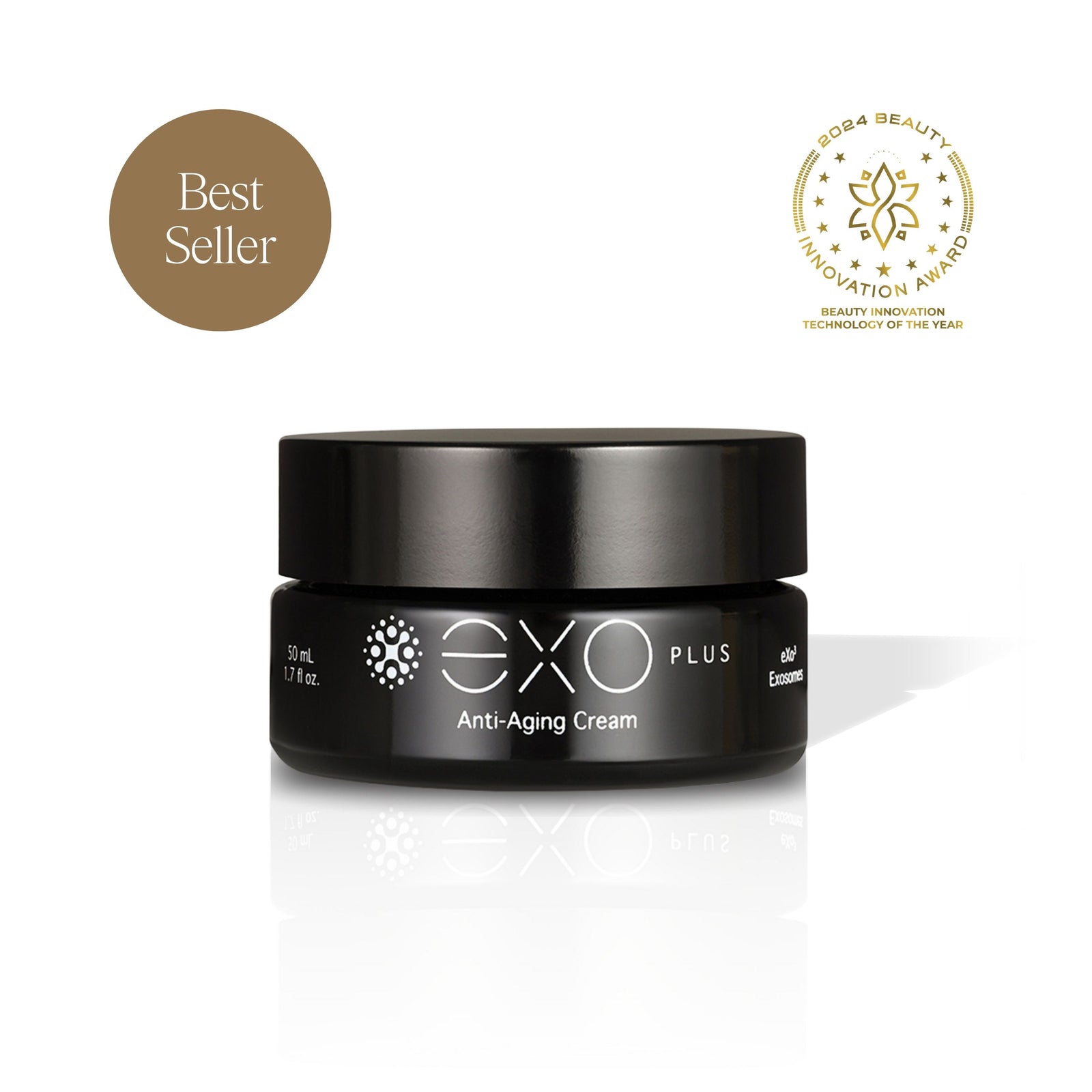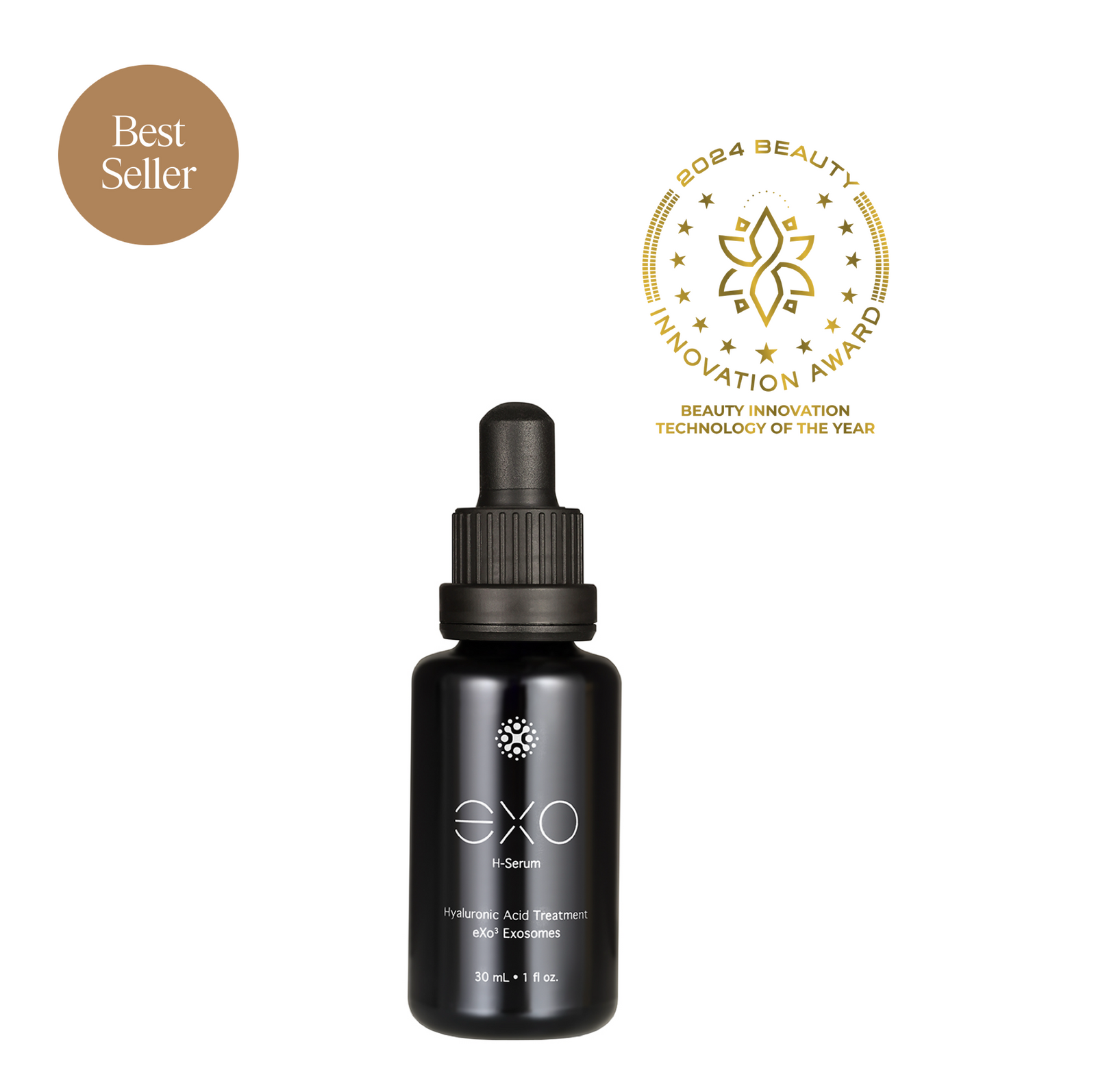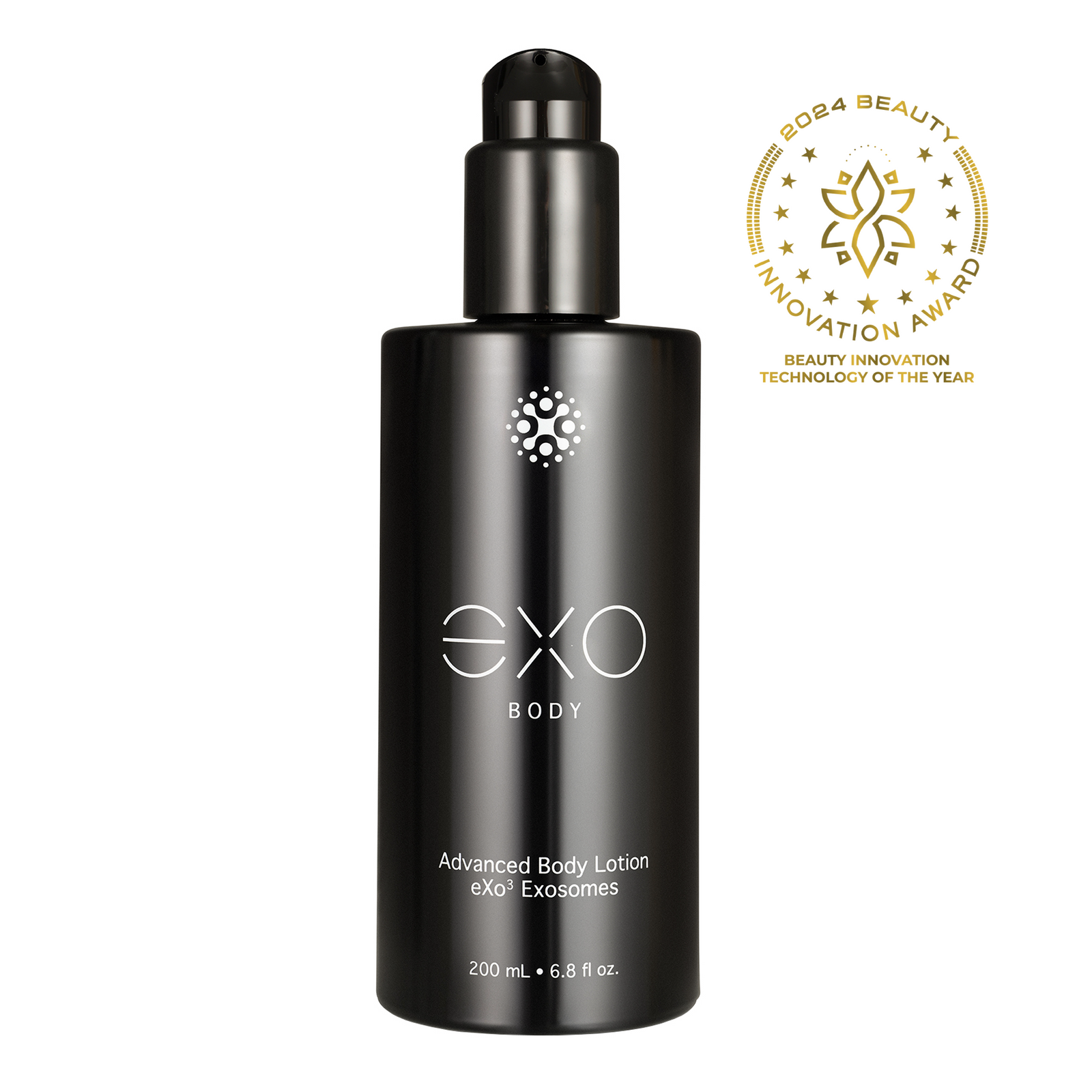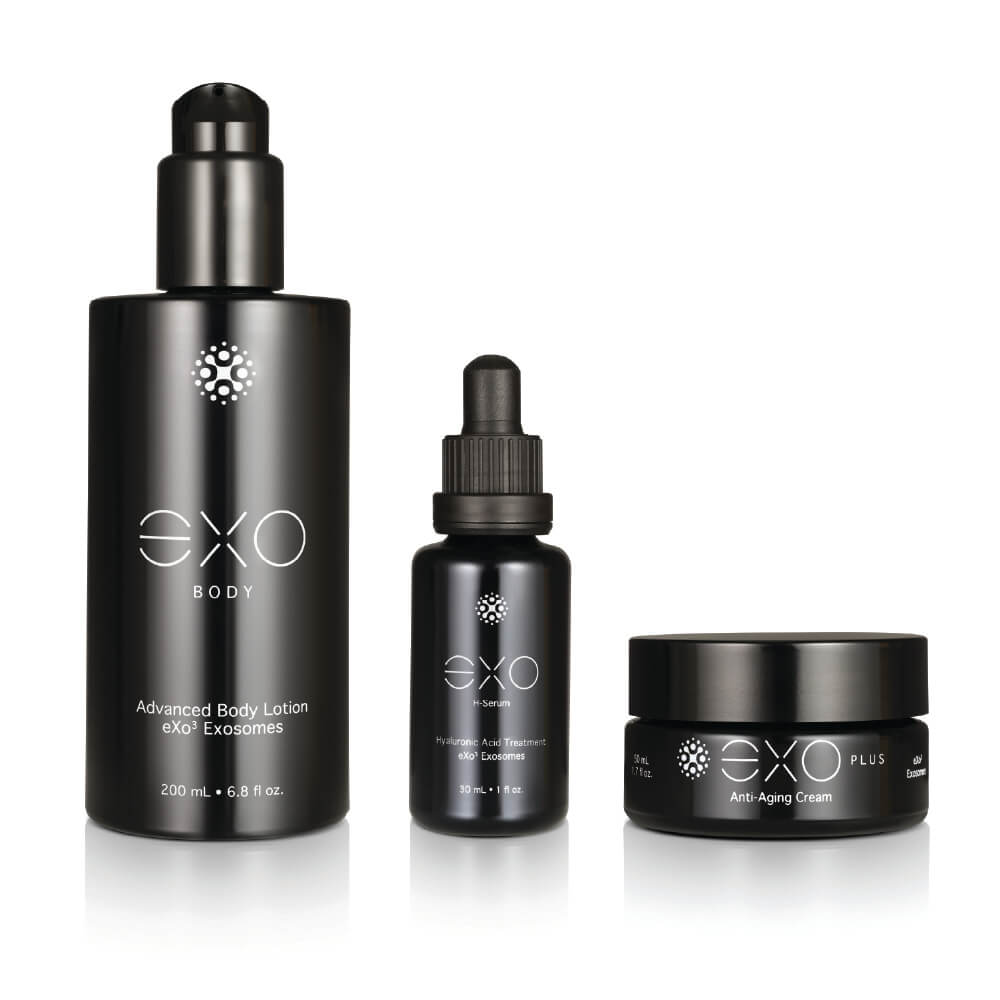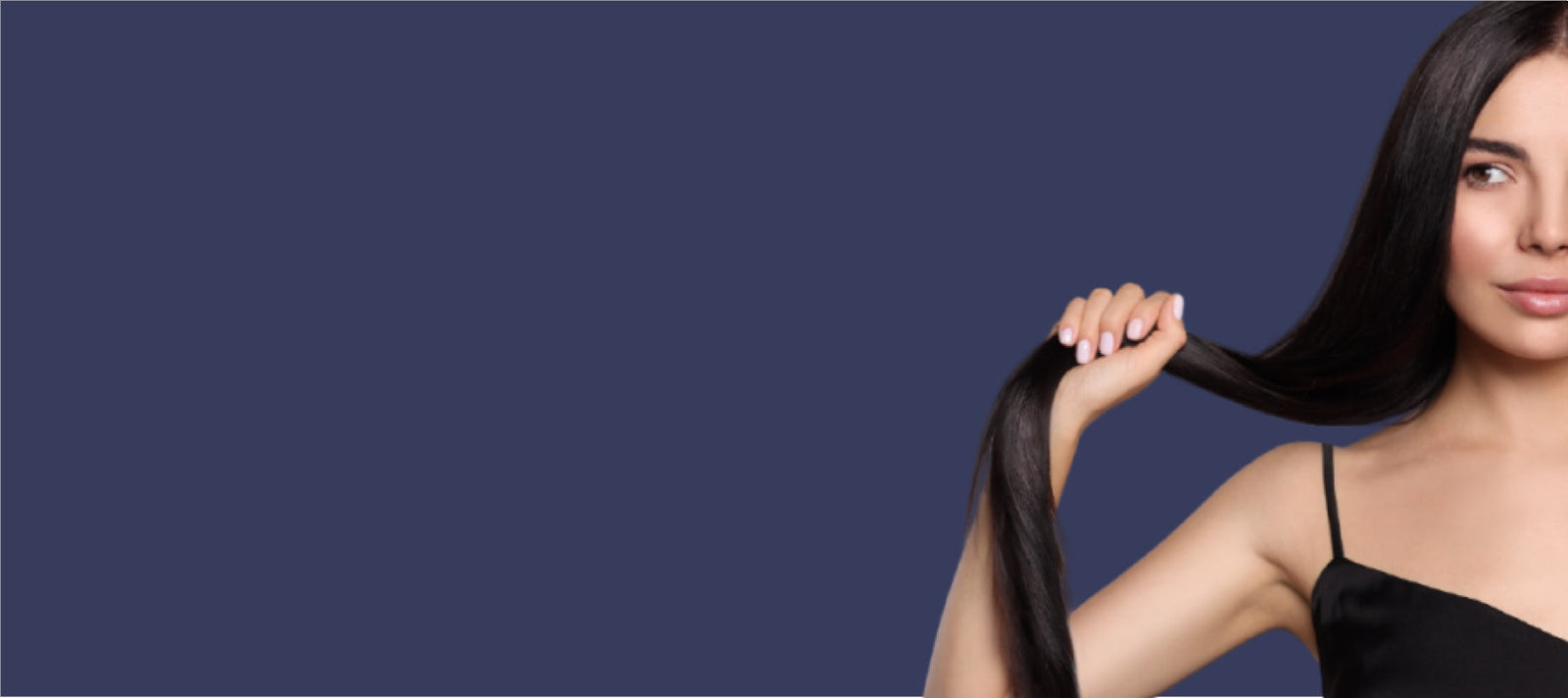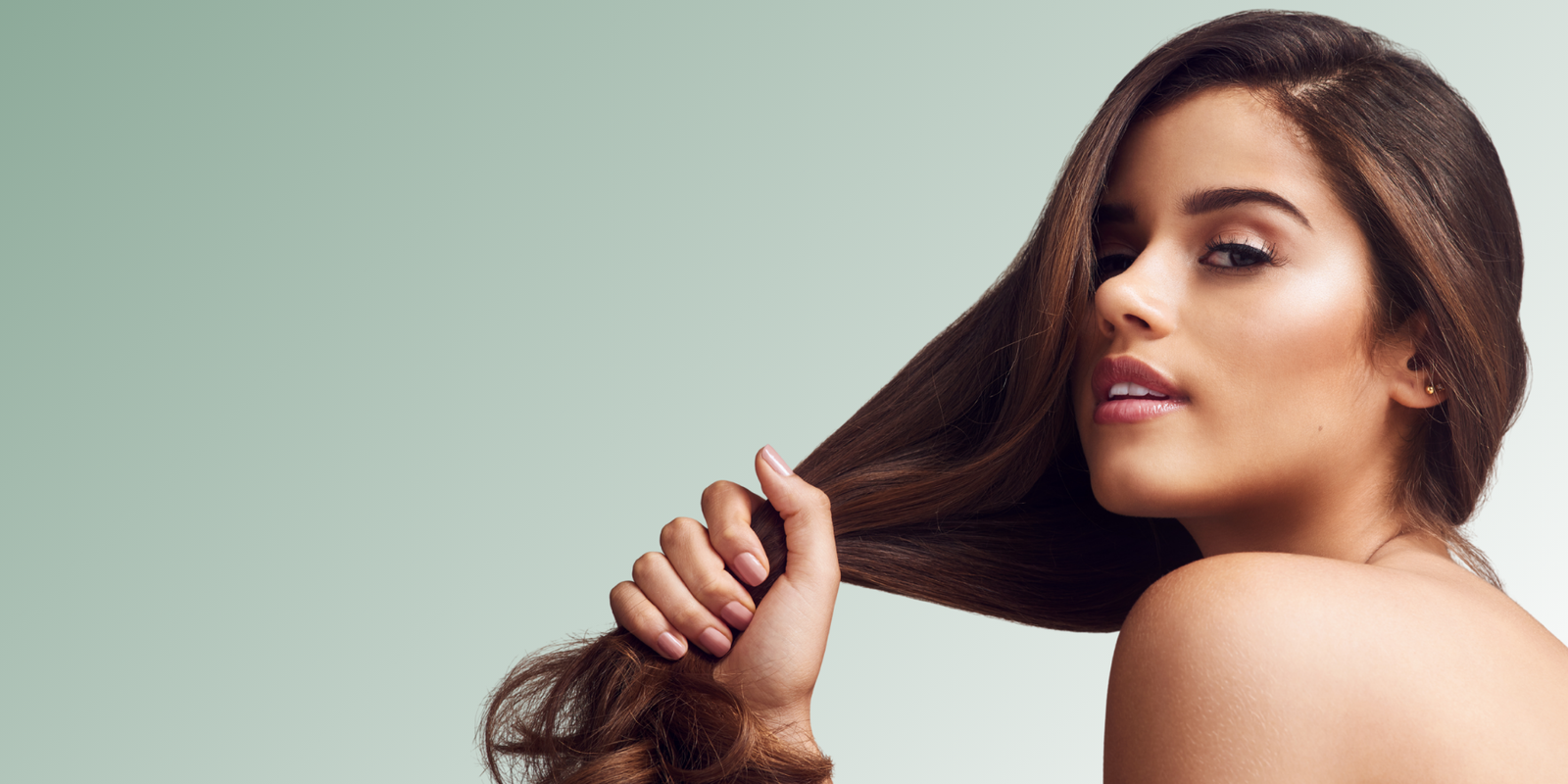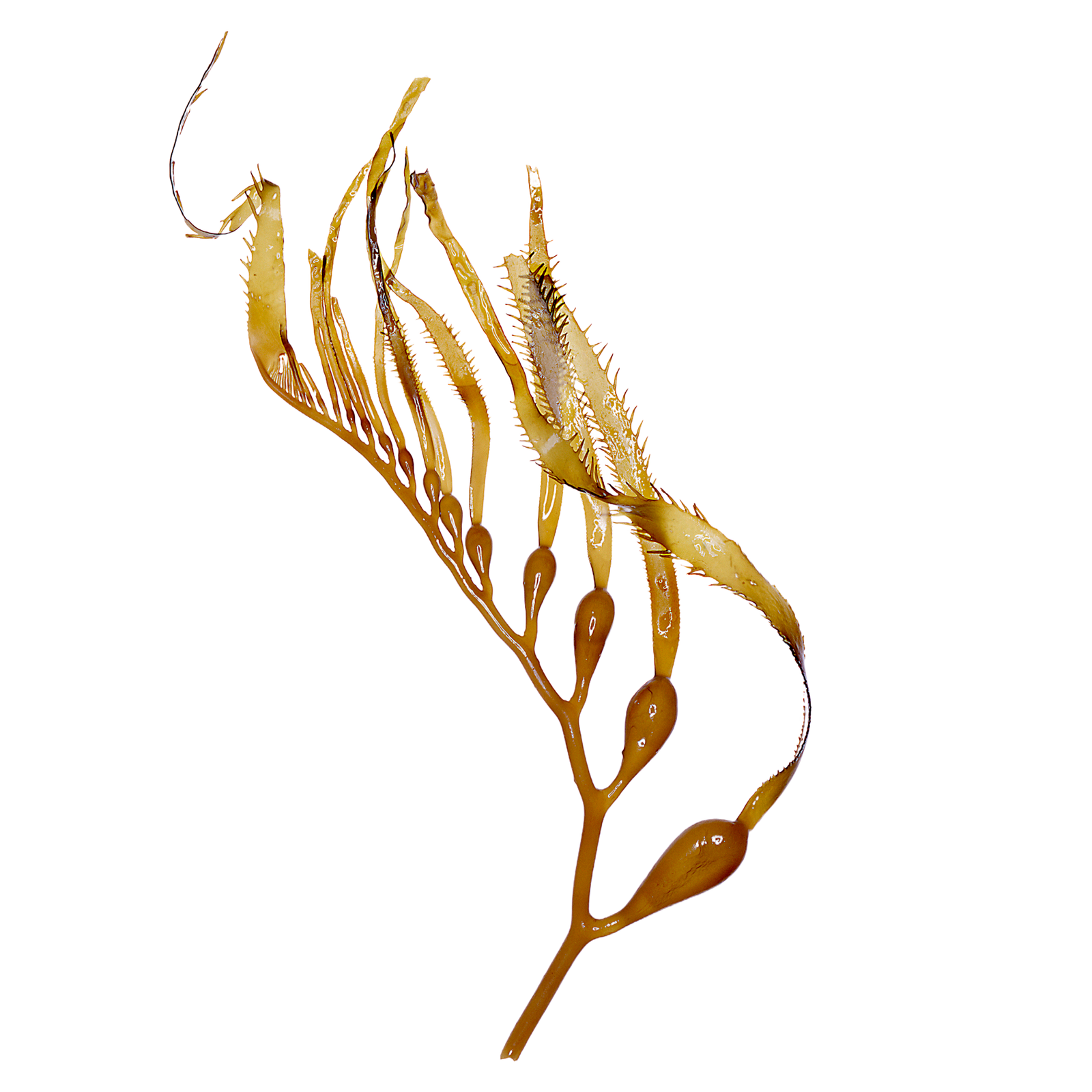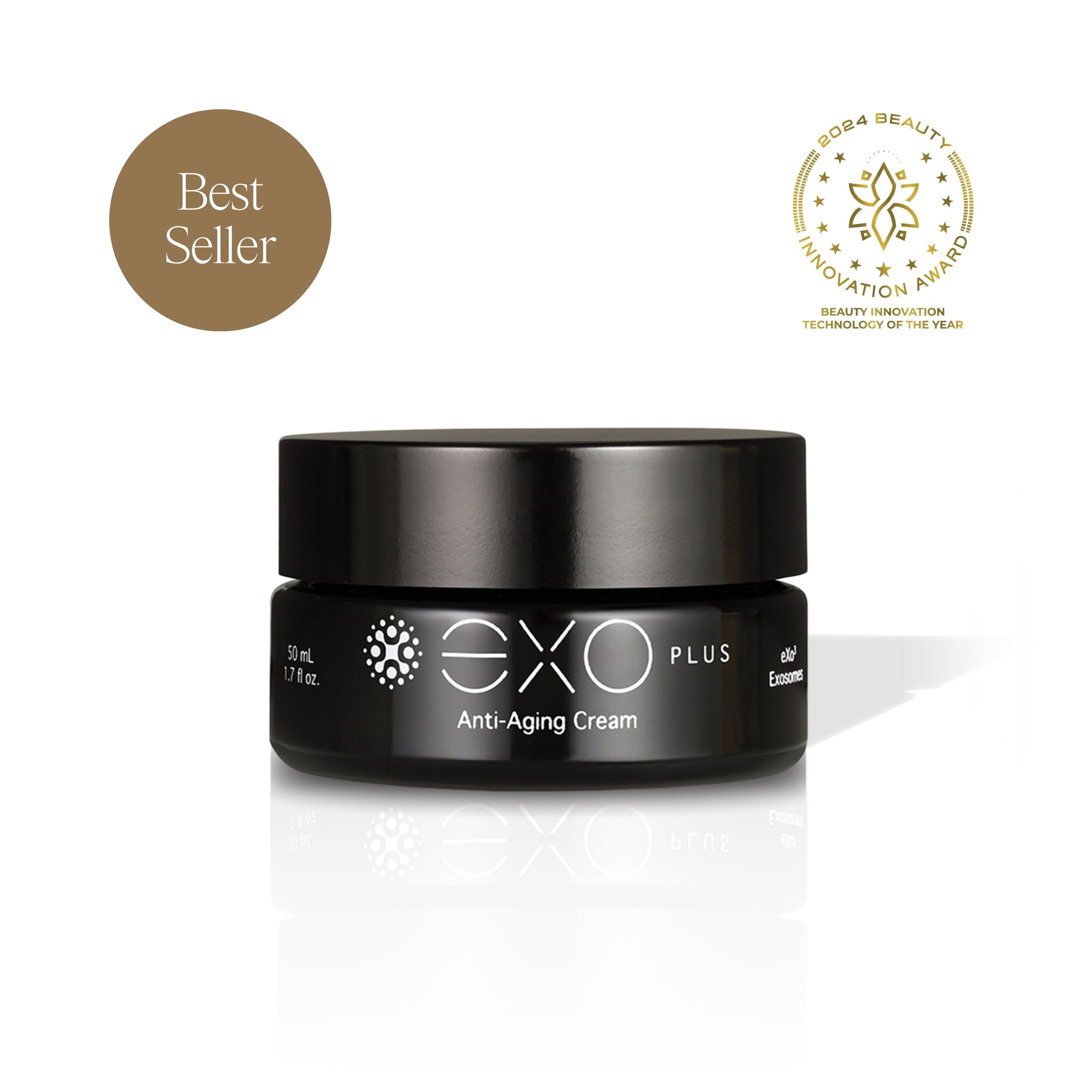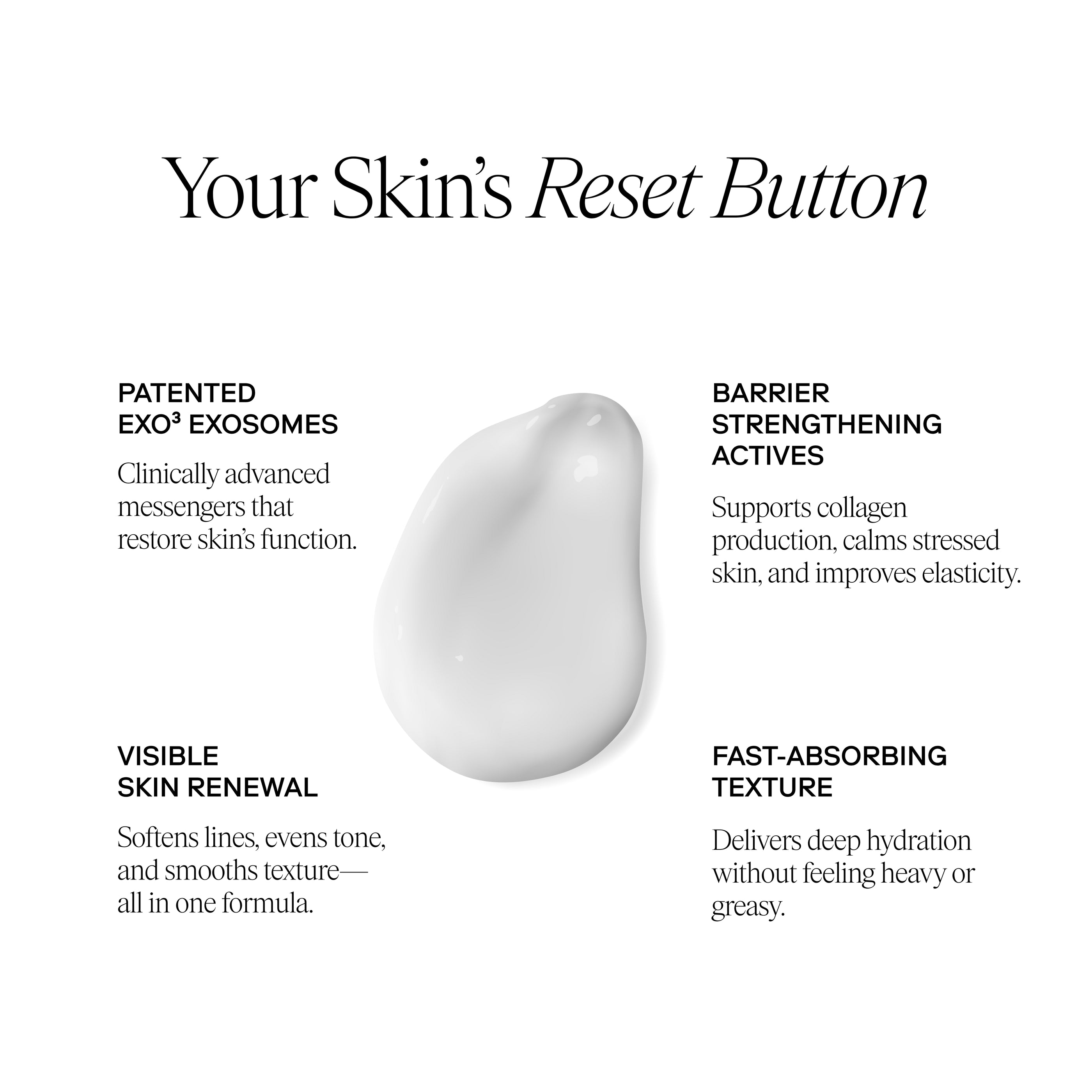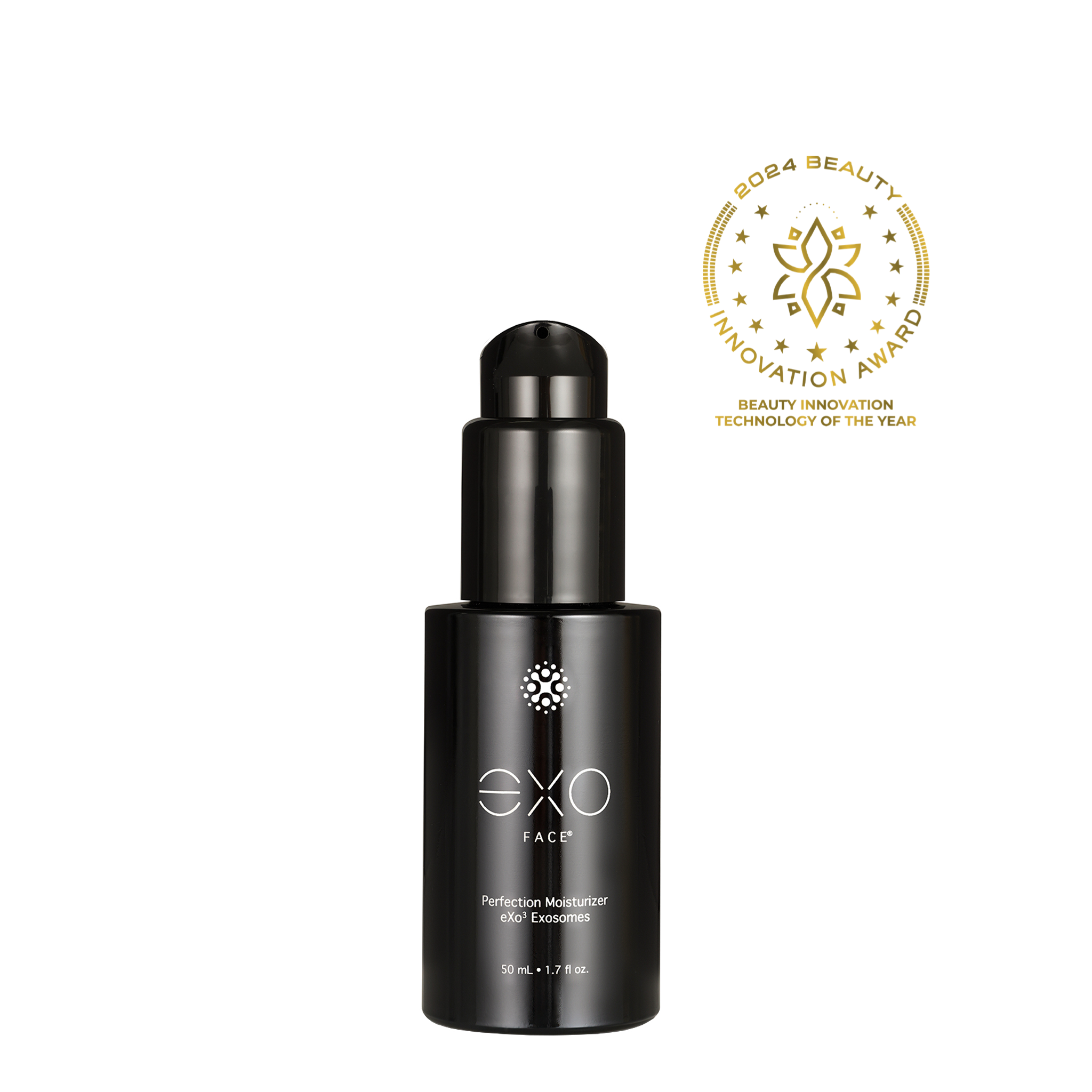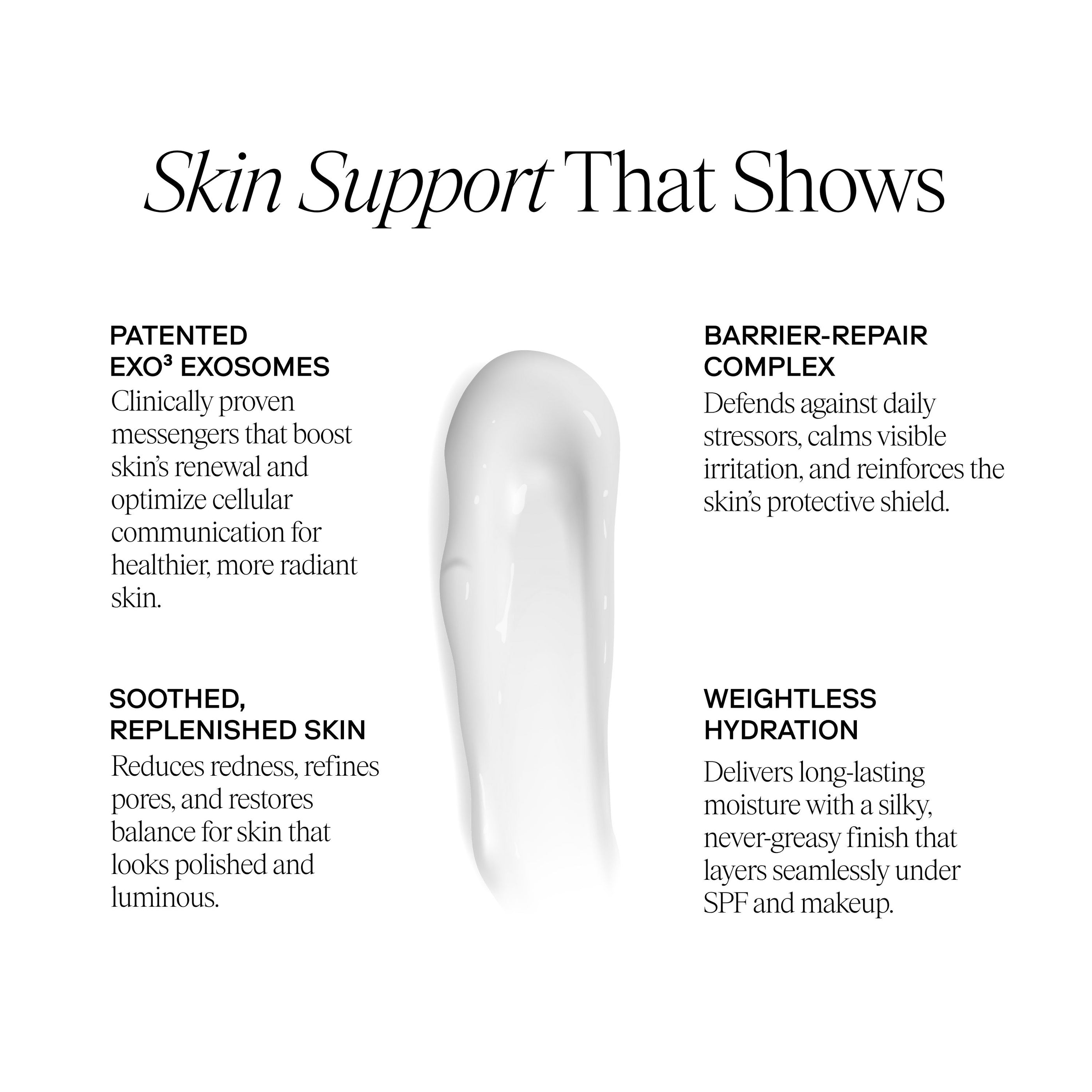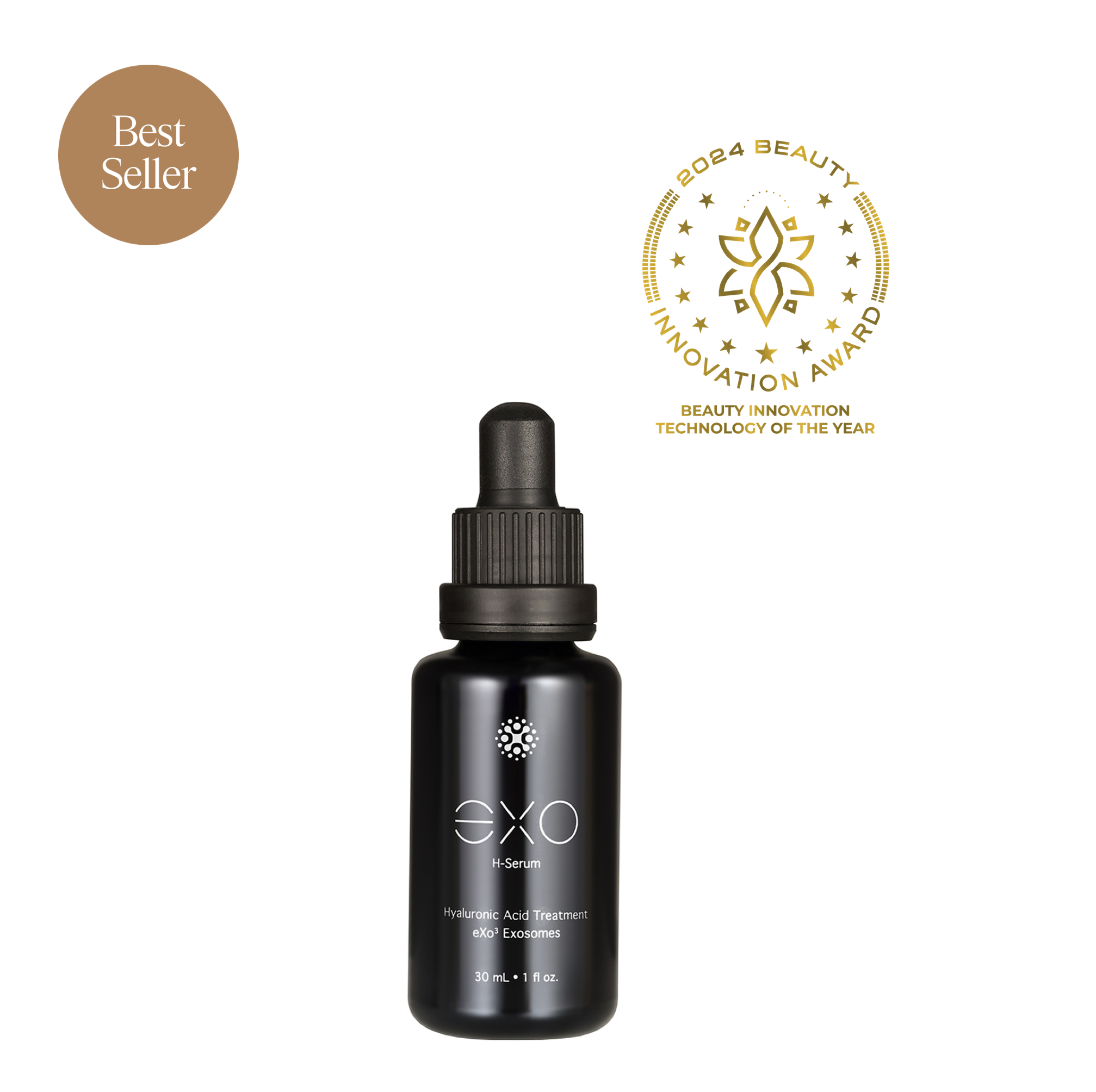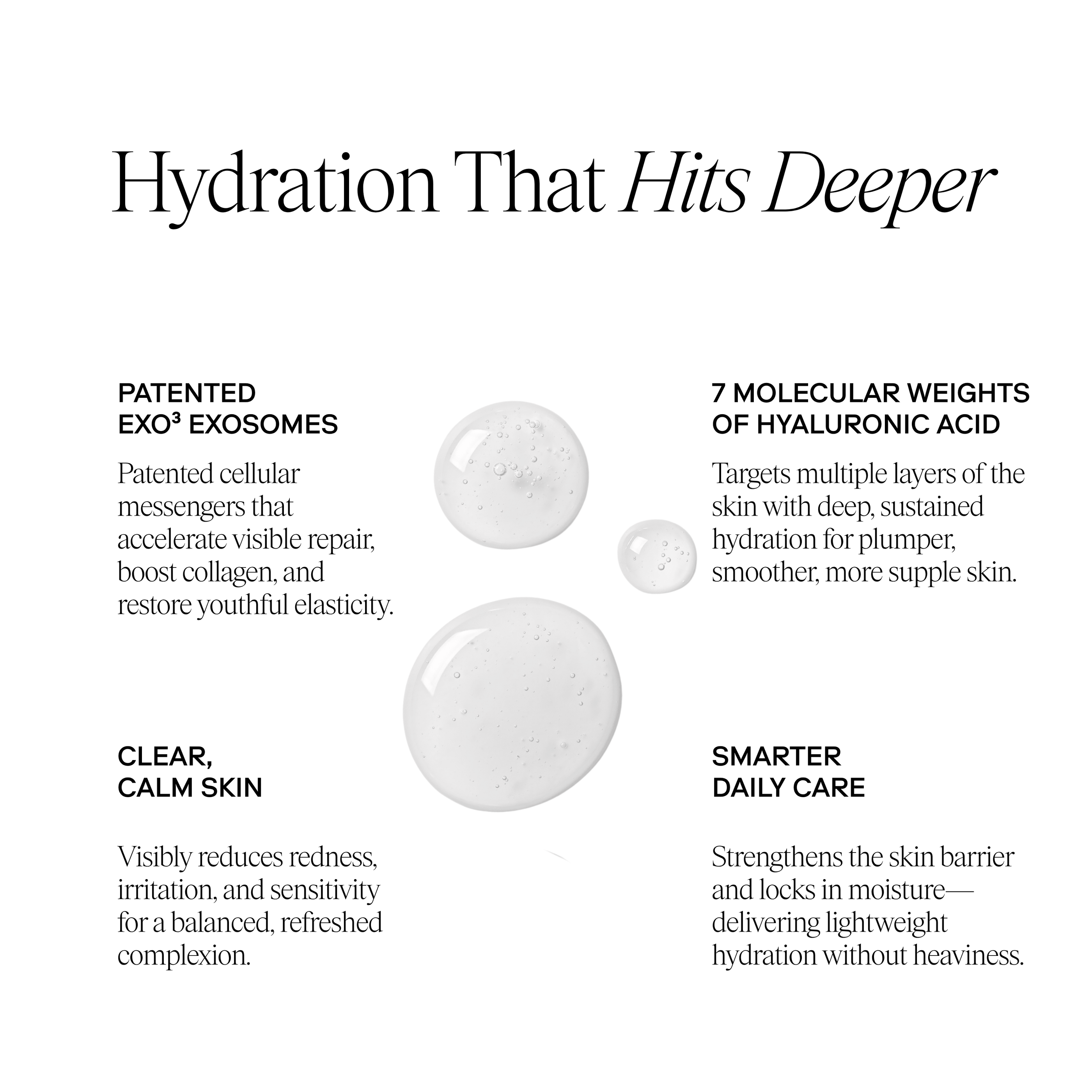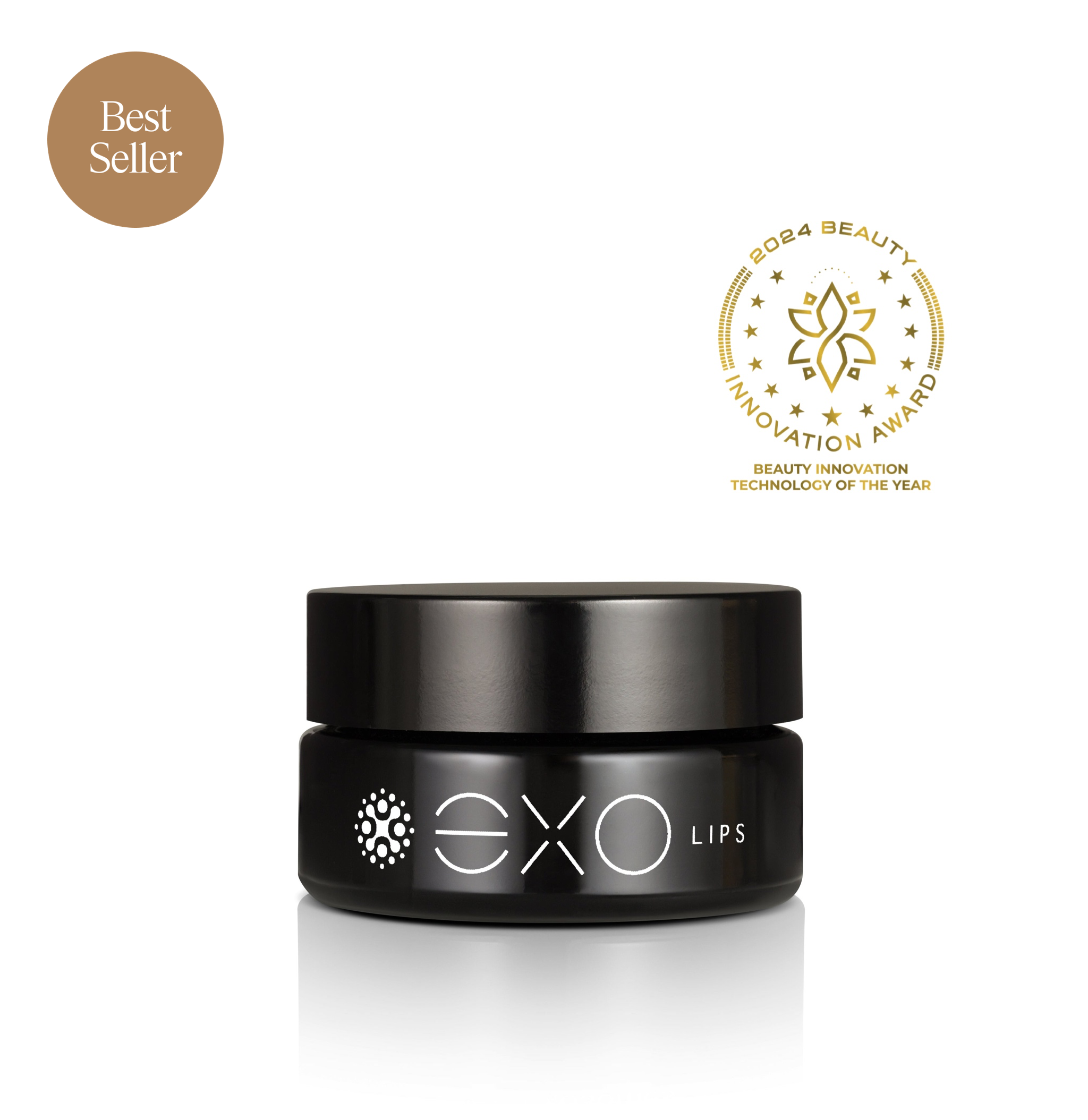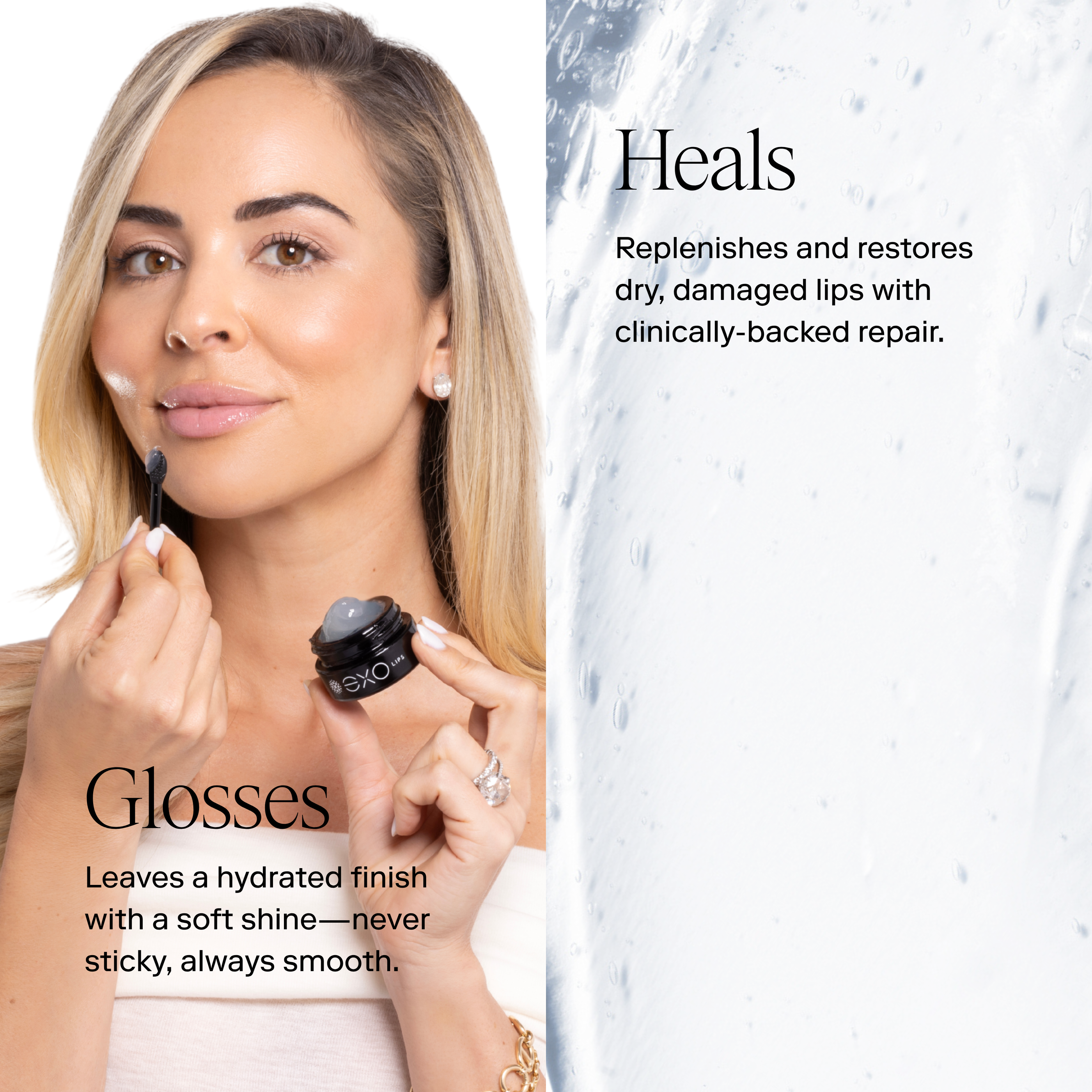A facial is more than just a luxurious spa treatment—it's a comprehensive skincare procedure that combines various techniques and products to improve skin health and appearance. This professional treatment has been a cornerstone of skincare routines for generations, offering both immediate results and long-term benefits for skin health.
The Purpose and Benefits of Facial Treatments
Facial treatments serve multiple purposes inmaintaining and improving skin health. They provide deep cleansing that goes beyond daily face washing, helping to remove accumulated debris, dead skin cells, and excess oil that can lead to skin concerns. Professional facials also offer targeted solutions for specific skin conditions, from acne to aging, while promoting circulation and cellular renewal.
Regular facial treatments can result innumerous benefits, including improved skin texture, reduced appearance of fine lines, better product absorption, and a more radiant complexion. They alsoprovide an opportunity for professional skin analysis and personalized skincare recommendations.
Components of a Professional Facial
1. Cleansing and Analysis
Every facial begins with a thorough double cleansing of the skin to remove surface impurities, makeup, and environmental pollutants. During this phase, the aesthetician examines the skin's condition under specialized lighting,identifying specific concerns like dehydration, congestion, or sensitivity. They will also discuss your skincareroutine and any skin changesyou've noticed, helpingdetermine the mostappropriate treatment approach.
2. Exfoliation
Exfoliation is a crucial step that removes dead skin cells and promotes cell turnover. This can be achieved through mechanical methods (such as scrubs, brushes, or microdermabrasion) or chemical exfoliants (like alpha-hydroxy acids, beta-hydroxy acids, or enzymes), depending on skin type and sensitivity. The aesthetician will choose theappropriate level of exfoliation based on your skin's current condition and tolerance level. Some treatments may combine both mechanical and chemical exfoliation for enhanced results.
3. Extractions
When necessary, the aesthetician may perform extractions to clear clogged pores and remove blackheads or whiteheads. This process requires specific techniques and should only be performed by trained professionals to prevent skin damage. Before extractions, the skin is typically prepared with steam or specialized products to soften the contents of the pores. Your aesthetician may skip extractions if your skin is too sensitive or ifyou're prone to post-inflammatory hyperpigmentation.
4. Facial Massage
Facial massage is both relaxing and beneficial for skin health. It stimulates blood circulation, promotes lymphatic drainage, and helps reduce muscle tension. This increased blood flow can enhance the skin's natural healing processes and promote a healthy glow. Different massage techniques may be employed, such as effleurage (gentle stroking), petrissage (kneading), or lymphatic drainage movements. Some facials might incorporate tools likegua sha stones or jade rollers for enhanced results.
5. Treatment Masks
Specialized masks are applied based on individual skin concerns. These might include hydrating, purifying, or anti-aging formulations that deliver concentrated ingredients to address specific skin needs. Multiple masks might be used in a single treatment - for example, a purifying clay mask followed by a hydrating gel mask. The masks are typically left on for 10-20 minutes while you receive a relaxing hand or shoulder massage.

Different Types of Facial Treatments
Classic European Facial
This traditional treatment includes cleansing, exfoliation, steam, extractions, massage, and a mask.It's suitable for most skin types and provides general skin maintenance and improvement. The treatment typically lasts 60-90 minutes and may includeadditional elements like eyebrow grooming or décolleté massage. Many aestheticians incorporate aromatherapy elements to enhance relaxation.
Deep-Cleansing Facial
Focused on purifying the skin, this type of facial is particularly beneficial for oily or acne-prone skin. It emphasizes thorough cleansing and may include specialized extractions, purifying masks, and antibacterial treatments. High-frequency devices might be used to kill bacteria and calm inflammation. These treatments often incorporate products with ingredients like salicylic acid, benzoyl peroxide, or tea tree oil.
Anti-Aging Facial
These treatments concentrate on reducing the appearance of fine lines and wrinkles while improving skin firmness. They often incorporate advanced ingredients and techniques such as collagen-boosting treatments, peptides, or specialized massage methods. Many anti-aging facials include technologies like microcurrent, LED therapy, or ultrasound to enhance results. Some may also focus on addressing age spots and uneven skin tone through brightening treatments.
Preparing for Your Facial Treatment
To maximize the benefits of your facial, certain preparations are recommended. Avoid excessive sun exposure and strong exfoliants for several days before your treatment. Stop using retinoids 2-3 days prior, and arrive with clean, makeup-free skin if possible. Inform your aesthetician about any skin sensitivities, medical conditions, medications, or recent procedures that might affect your treatment.It's also helpful to take photos of your skin care products to discuss with your aesthetician.
Post-Treatment Care
After a facial, the skin may be more sensitive and receptive to products.It's important to:
-
Avoid direct sun exposure and wear broad-spectrum sunscreen with at least SPF 30
- After sun exposure, use a restorative formula to replenish hydration and calm the skin
-
Stay hydrated and maintain a gentle skincare routine, avoiding harsh exfoliants for 48-72 hours
-
Avoid heavy makeup for 24 hours to allow skin to breathe and heal
-
Follow any specific aftercare instructions provided by your aesthetician
-
Pay attention to how your skin reacts and document any concerns
Frequency of Treatments
The ideal frequency of facial treatments varies depending on individual skin type and concerns.Generally, a facial every 4-6 weeks aligns with the skin's natural cell turnover cycle. However, this can be adjusted based on specific skin conditions and goals. Those dealing with acne mightbenefit from more frequent treatments initially, while those seeking maintenance mightextend to every8 weeks. Seasonal changes might also influence treatment frequency.
The Role of Professional Expertise
While at-home skincare is essential, professional facial treatments offer benefits thatcan't be replicated at home. Licensed aestheticians undergo extensive training in skin anatomy, conditions, and treatment protocols. Theypossess theexpertise to properly analyze skin, perform safe extractions, and use professional-grade products and tools. Additionally, they can track changes in your skin over time and adjusttreatments accordingly, providing personalized recommendations for home care between visits.
Conclusion
A professional facial is more than just a pampering experience—it's an investment in skin health. By understanding the components and benefits of facial treatments, you can make informed decisions about incorporating them into your skincare routine. Regular treatments, combined with proper home care, can helpmaintain healthy, radiant skin throughout the years. Remember that consistency in both professional treatments and daily skincare routines is key to achieving andmaintainingoptimal skin health.

